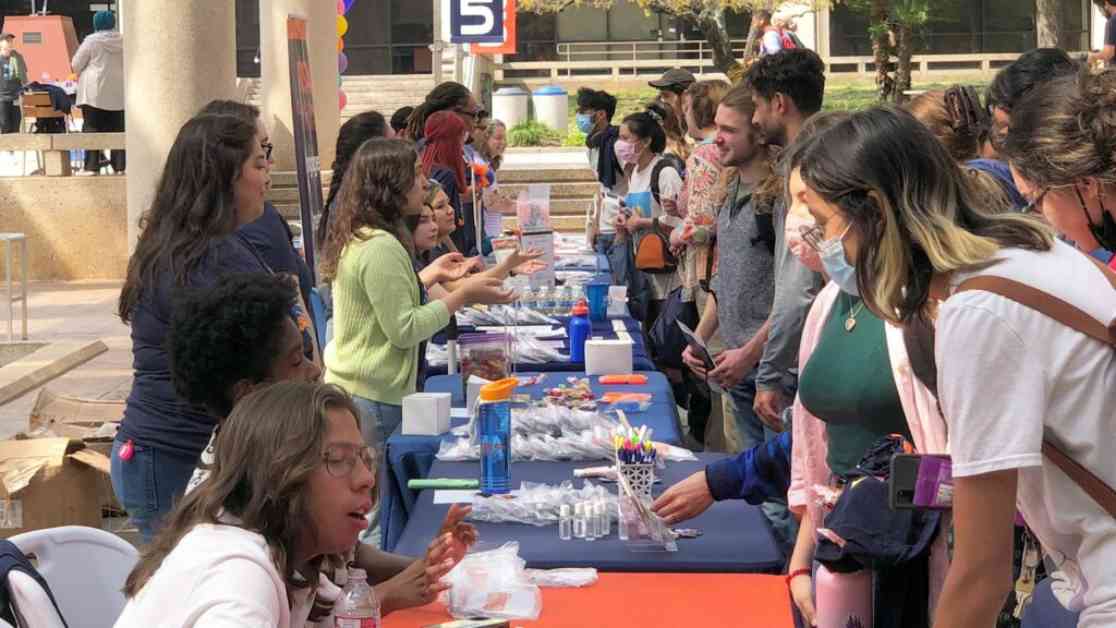The competitive landscape of college clubs is changing rapidly, posing a new challenge for students eager to join campus communities. Imagine arriving at university filled with excitement, ready to explore new passions and make lifelong friends, only to be met with an intimidating and rigorous application process for student organizations. This is the reality that many students like Nhan Tong, a USC freshman, face as they navigate the increasingly selective and exclusive world of college clubs.
The Rise of Selectivity in College Clubs: A Barrier to Inclusivity
When Tong set foot on campus, he was eager to join a club that resonated with his interests. However, the club’s complex application process, including essays and group interviews, left him feeling rejected and disillusioned. As admission rates to top universities plummet, students are not only competing for academic seats but also for spots in exclusive clubs that have become an integral part of campus culture.
The Shift Towards Selectivity: A New Social Dynamic
Traditionally, fraternities and sororities have used a selective recruitment process known as “rush.” Still, a new wave of competitive clubs, distinct from Greek life, has emerged, ranging from career-focused organizations to social groups. These clubs operate on a stringent selection process, catering to a limited pool of high-achieving students across California’s universities.
Recognizing Exclusivity: A Call for Transparency and Inclusivity
While some universities are taking steps to address the issue of selectivity, reforming club recruitment practices remains a formidable challenge. USC’s recent mandate for clubs to accept all interested applicants has sparked debate within the student community. Some believe that selectivity is essential for club success, citing funding constraints and the need for a cohesive team dynamic.
A Personal Perspective: The Search for Community Amidst Exclusivity
For students like Nhan Tong, the rejection from exclusive clubs prompted a quest for inclusivity and transparency. Despite setbacks, Tong found solace in joining open and welcoming groups, fostering a sense of community without the need for elaborate applications. By starting his own movie club and embracing informal gatherings, Tong challenged the notion that exclusivity equates to a strong community bond.
In conclusion, the rise of selectivity in college clubs presents a complex dilemma for students seeking to engage with their campus communities. As universities grapple with the balance between exclusivity and inclusivity, students like Tong are redefining the notion of belonging by creating spaces that prioritize openness, transparency, and genuine connections.
